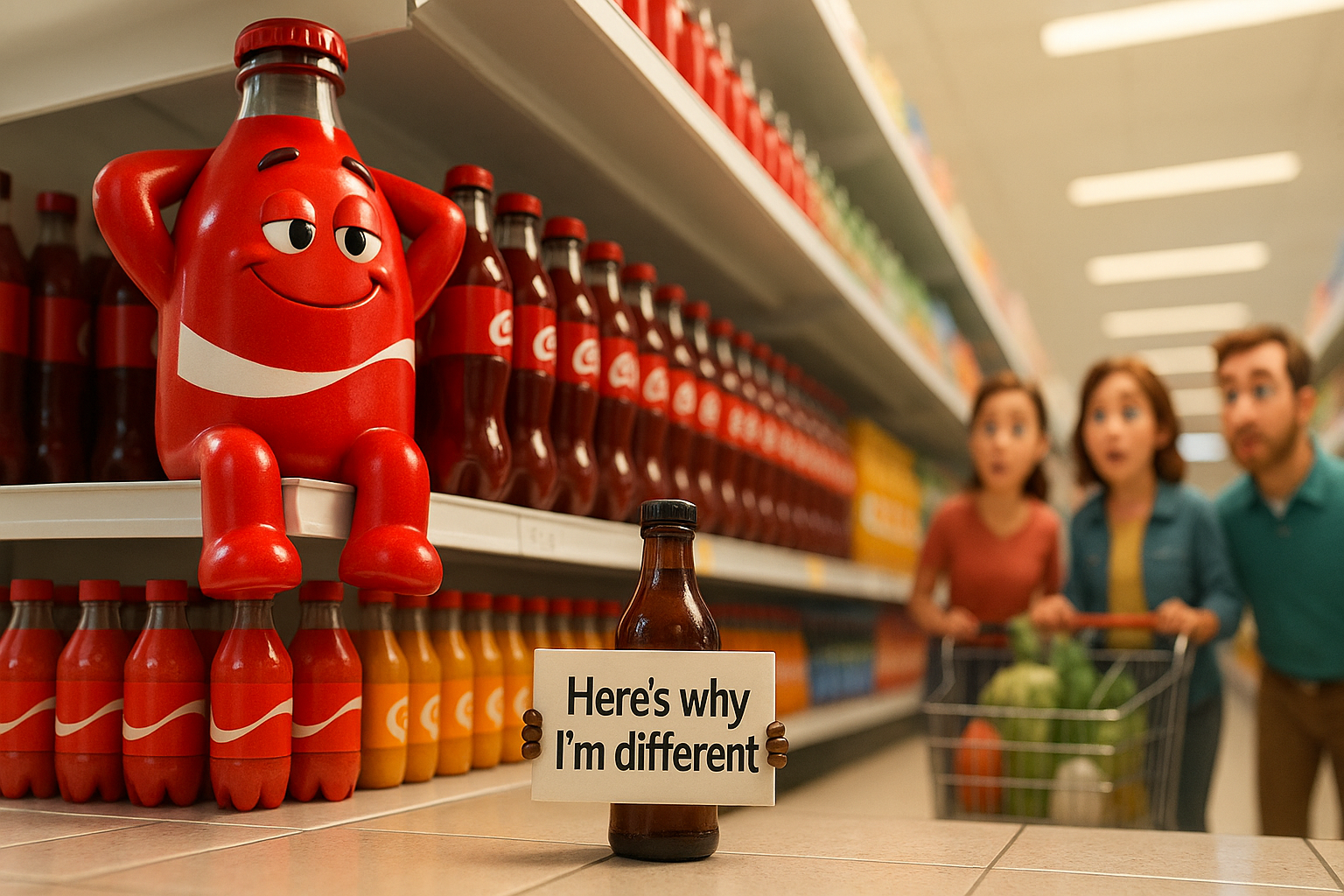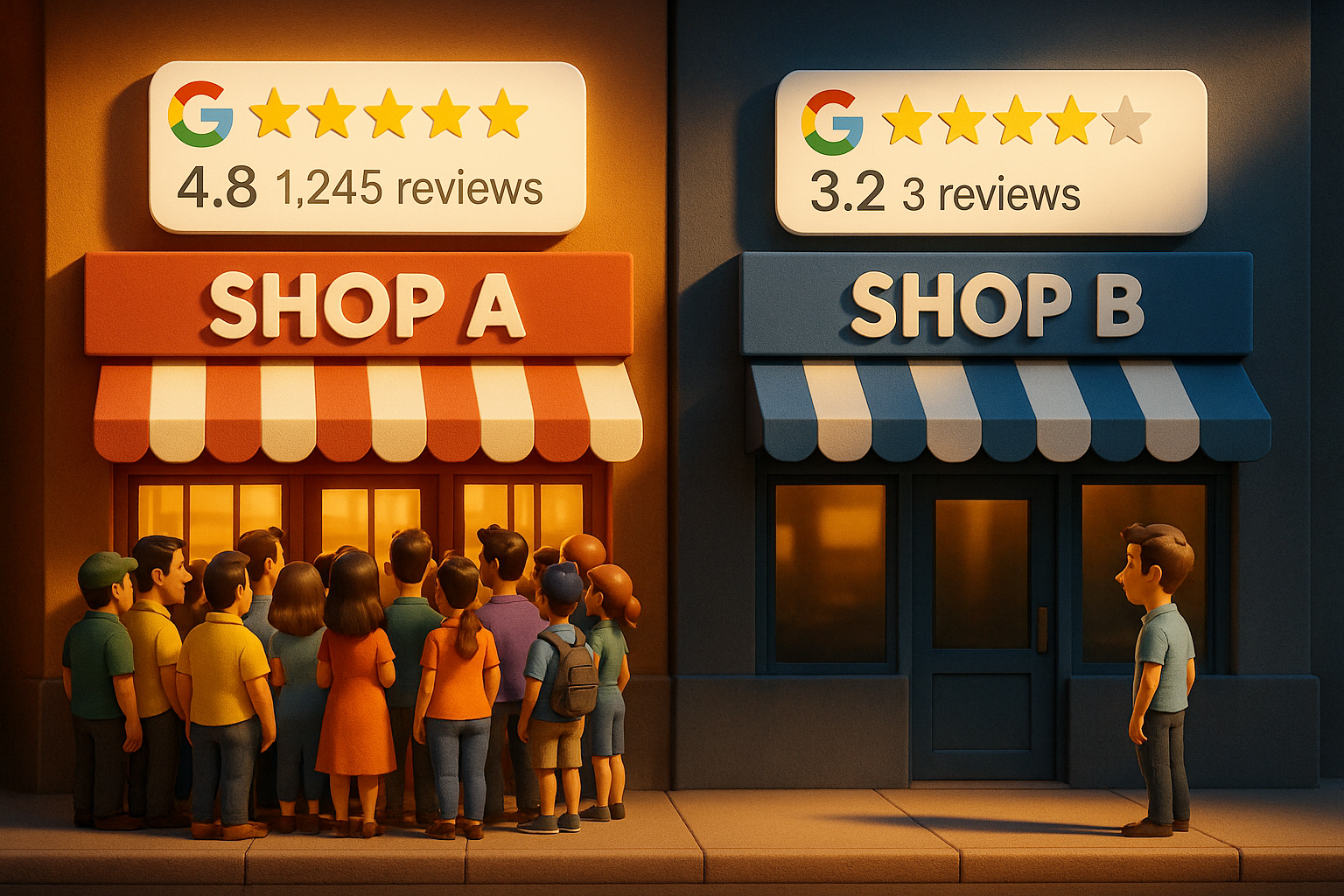The Efficiency Trap: Why It’s Stopping Your Growth Marketing
Efficiency Is Killing Your Growth: Why Low CPL & High ROAS Can Be a Trap
Most marketers obsess over lowering cost per lead and maximising ROAS. But efficiency is a false idol. Here’s why chasing lower CPL can actually kill your net profit and how scaling smartly delivers bigger wins.
The Efficiency Mirage
Marketers love efficiency: Low CPL. High ROAS. Clean dashboards that make everything look sharp and under control.
But here’s the brutal truth: efficiency doesn’t always equal growth.
If you scale down your ad spend just to maintain a tidy $50 CPL or 8x ROAS, you might feel good looking at your metrics, but you’re also leaving thousands (or millions) of dollars in net profit on the table.
Example:
- $10k spend at $50 CPL = 200 leads.
- $50k spend at $80 CPL = 625 leads.
Even though the CPL increased, the total leads (and likely total sales) skyrocketed. That’s more net profit, not less.
Marginal Efficiency vs. Absolute Profit
The critical mindset shift: Stop optimising only for efficiency. Start optimising for profit at scale.
When you scale spend, your marginal cost per lead naturally increases.
Platforms have already served your cheapest, most engaged audiences. The next layer costs more.
But as long as your revenue per lead outpaces your marginal CPL, scaling delivers more total profit even if ROAS ticks down.
This is where most advertisers get stuck in the “efficiency trap”.
They see ROAS drop from 8x to 5x and panic. But if their total profit grew from $80k to $250k… what’s the problem?
The False Security of “Efficient” Accounts
Running ads at hyper-efficient levels often looks great in reports but:
- 🚪 You cap your reach and audience size.
- 💤 You under-utilise high-intent demand.
- 🧭 You stunt revenue growth.
- 💰 And worst of all, you lose to competitors willing to pay more to win.
Platforms like Meta and Google reward volume and signals, not scarcity. Pulling back spend hurts your algorithmic momentum and makes your CPMs less favourable over time.
Translation: being “efficient” can make your campaigns less efficient in the long run.
Why Most Brands Fear Scaling
This fear usually comes from misreading ROAS and CPL.
- ROAS looks worse at scale.
- CPL looks worse at scale.
- CAC looks worse at scale.
But these metrics don’t tell the whole story. What matters is incremental profit, the extra dollars in your pocket after scaling.
If your blended ROAS or net margin still works at higher spend levels, then scaling is not a risk, it’s a profit multiplier.
How to Scale Without Losing Control
Scaling doesn’t mean lighting money on fire. Smart scaling means:
- Accepting diminishing efficiency, but tracking incremental profit closely.
- Expanding reach strategically — layered targeting, creative refresh, new formats.
- Building durable offers with strong economics.
- Tracking true blended CAC — not just platform ROAS.
- Letting algorithms breathe with consistent spend, not constant pullbacks.
The Scale Zone: Where Real Growth Happens
Scaling isn’t reckless. It’s how market leaders are made.
Anyone can keep their CPL low when they’re only fishing in the warmest waters.
But real growth happens when you move beyond the efficient zone, when you’re willing to pay more because you understand the economics of profit.
The Scale Zone is where smart spend builds momentum, algorithms work in your favour, and competitors stuck in “cheap lead” mode get left behind.
It isn’t about chasing perfect metrics. It’s about creating profitable scale that compounds over time.
Book A Session With A Sydney-Based Digital Growth Expert.
I work with a limited number of clients to keep quality high and focus sharp. If you’re ready to grow and want to see if we’re the right fit, fill out the form and let’s start the conversation.



